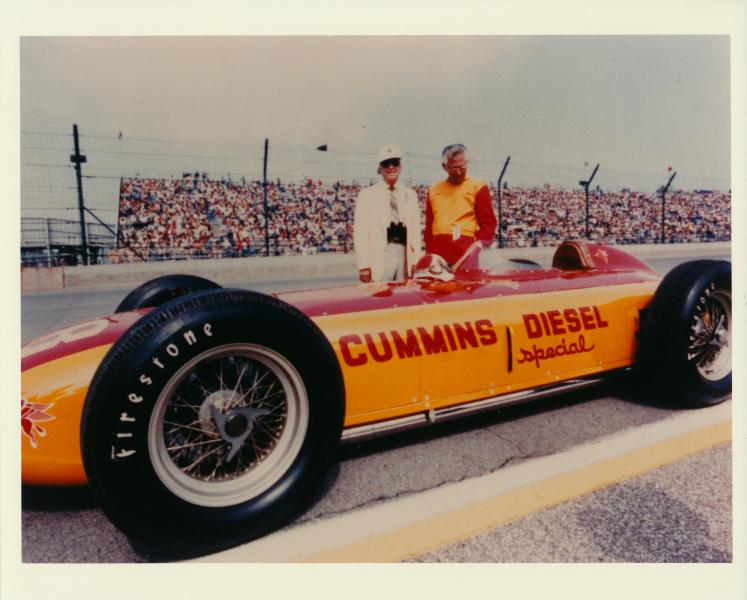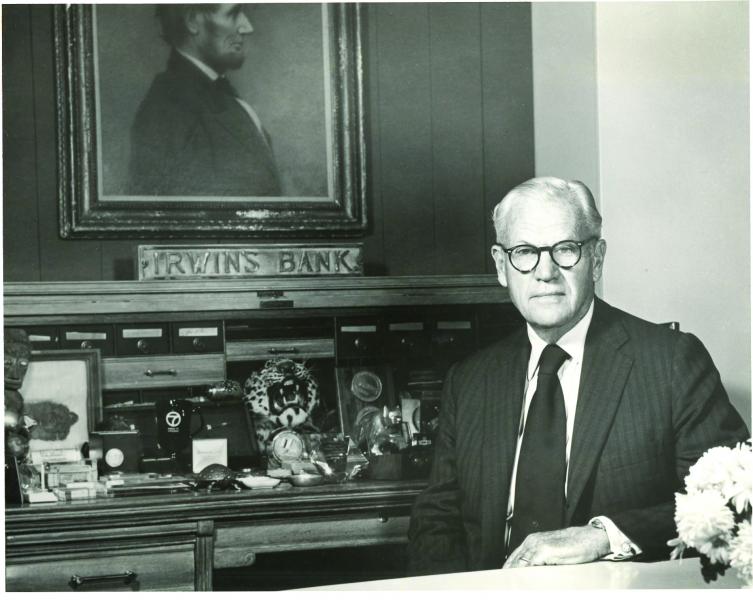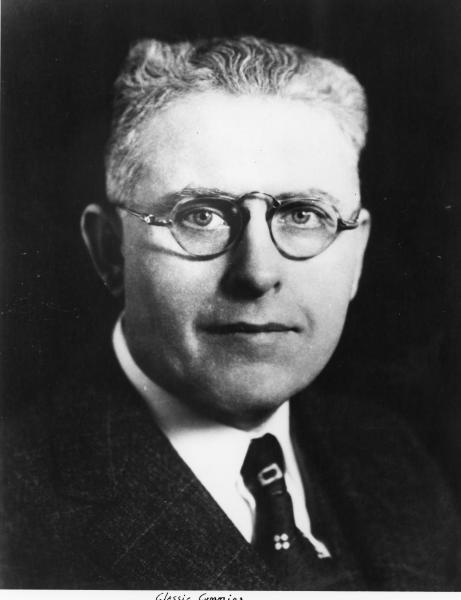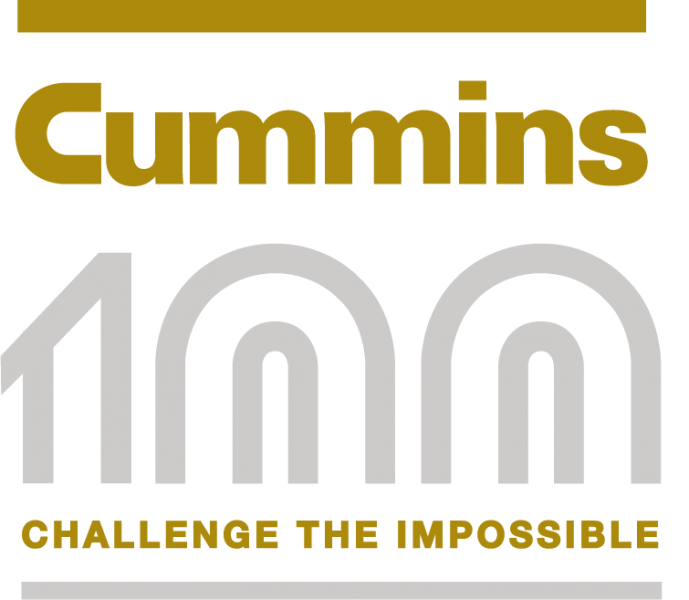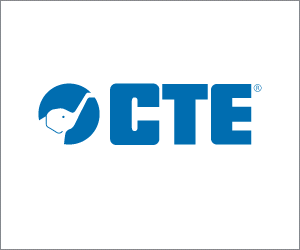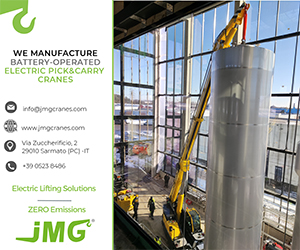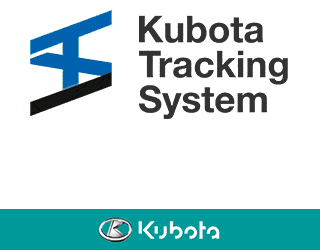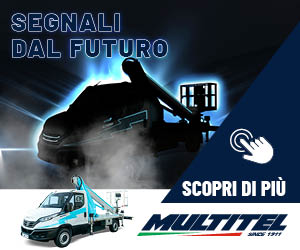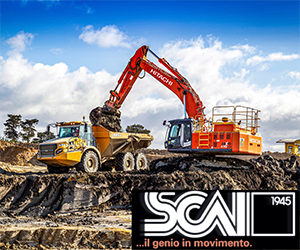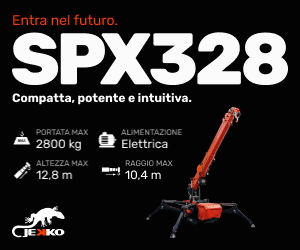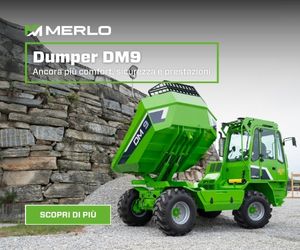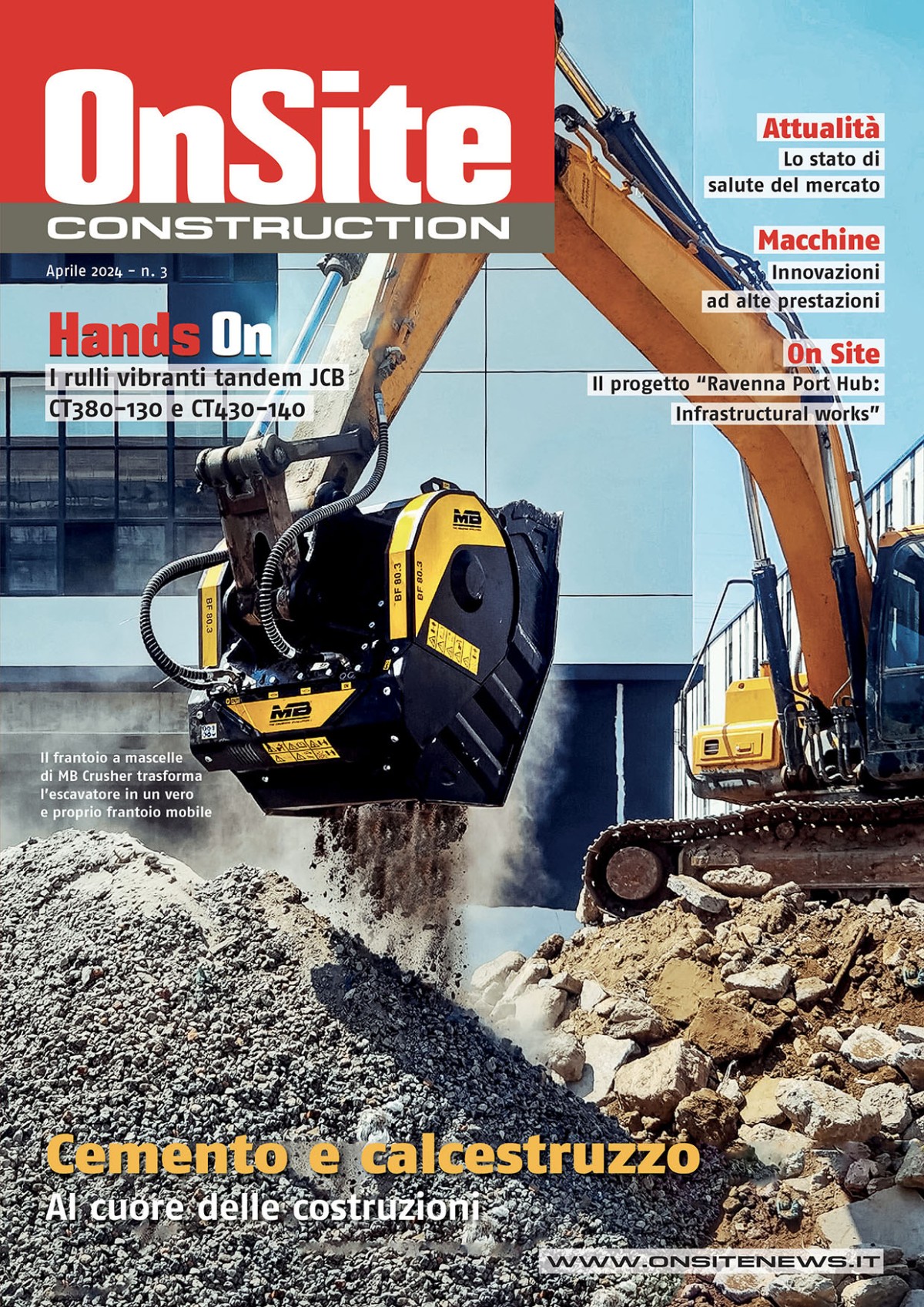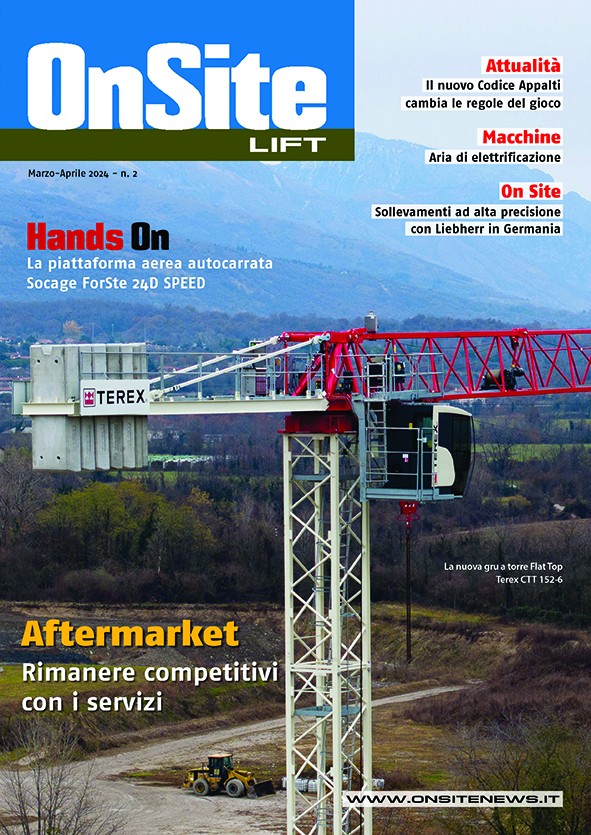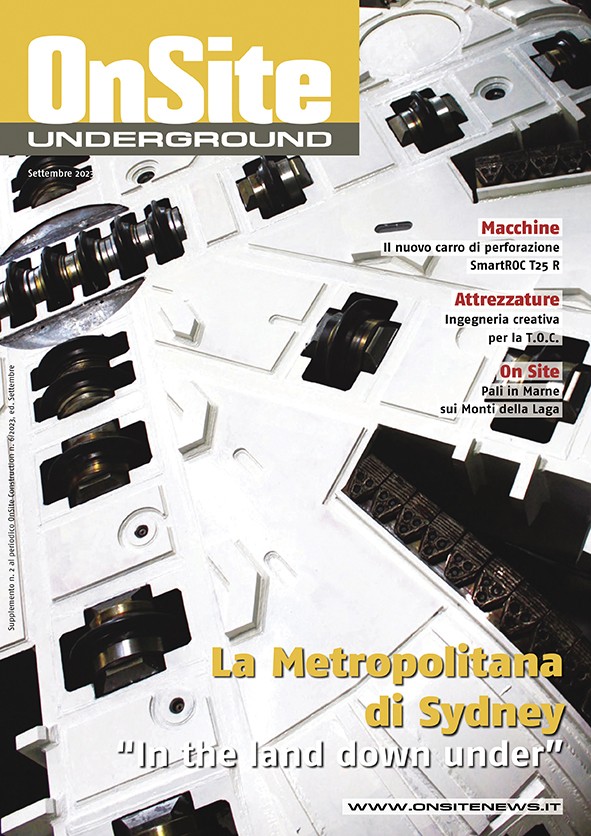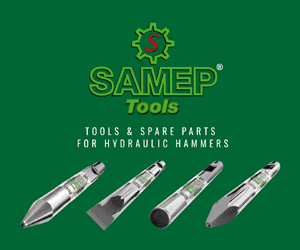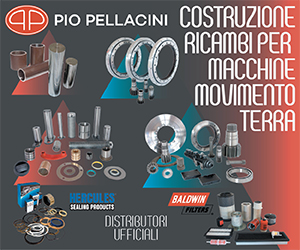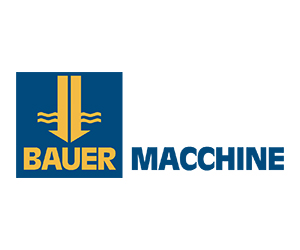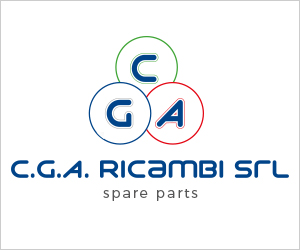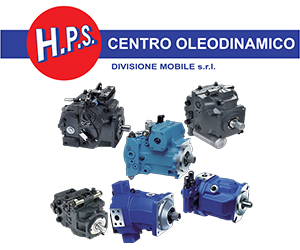Home \ International \ Cummins celebrates its centenary at Bauma 2019
Cummins celebrates its centenary at Bauma 2019
08/03/2019
Pubblicato da Redazione
Visitors to stand A4.325 will see where it all started, with the company’s first engine known as the HVID. It will be shown alongside the latest B6.7 2019 Stage V engine, highlighting 100 years of engine innovation
Cummins will celebrate its 100th anniversary at the Bauma show (8-14 April, Munich). Visitors to stand A4.325 will see where it all started, with the company’s first engine known as the HVID. It will be shown alongside the latest B6.7 2019 Stage V engine, highlighting 100 years of engine innovation.
Alexei Ustinov, Vice President Off-Highway Engine Business said: “Our centenary theme is ‘challenging the impossible’ reflecting the spirit of innovation of our founder Clessie Cummins which lives on today in our current employees. Throughout the 100 years Cummins has proven its dependability to our customers by developing market leading products, and we will continue to do this into our second century.”
In 1919, Clessie Cummins founded Cummins Engine Company in Columbus, Indiana USA. backed by banker William G. Irwin. Clessie recognised the benefits of using technology developed by Rudolph Diesel at the end of the 19th century. A design by Dutch engineer Rasmus Hvid was seen by Clessie to be the best available for a small kerosene burning engine used on farms, on boats and in factories. He persuaded W.G. Irwin to invest $2,500 in the license for the HVID, a significant sum at the time, and it became the company’s first engine. 28 of the 6hp units were sold in the first year with around 3000 in total, a far cry from the 1.2 million engines produced by Cummins in 2017.
Long-term challenges with supply of the HVID pushed the company to the brink, so Clessie designed his own engine. In 1924 he launched the Model F with a capability of 12.5hp per cylinder in one, two, three four and six-cylinder configurations. It had over 25% more power versus comparable engines offered in Europe. This was the first of many successful products including the Model U in 1928, which was the first US diesel to have all working parts enclosed and the NH Series in 1946, which built the company’s reputation for durability for more than 50 years. It powered many trucks and industrial applications including Euclid earth moving equipment.
Clessie was particularly thoughtful about how to get press interest in his work. He drove diesel powered vehicles across the US to secure coverage. He used the famous Indianapolis 500 race to test his innovations, having the first car to complete the race without stopping in 1931 and achieving pole position in 1952 using turbochargers for the first time.
Fuel system performance was seen by Clessie as the heart of diesel’s capability and a lot of hos focus was in this area. His Pressure Time (PT) fuel system, also tested on the 1952 Indy car, is a forerunner of today’s high-pressure fuel systems. At the time of his death in 1968, Clessie had 33 patents relating to diesel engines and fuel systems.
In more recent years, Cummins made a major change to its product line-up, with the launch of the B Series in the mid-1980’s. This was a move away from traditional markets with a substantial billion-dollar investment. It was a significant risk for the company during what were challenging economic times, but proved successful. Alongside the pick-up and rigid truck potential, it opened up many opportunities for Cummins in construction and agriculture that had previously been unachievable.
To date over 15 million B Series products have been built, contributing a significant percentage of engines manufactured by the company on a global scale in the US, UK, China, India, Brazil and Russia. The strength and simplicity of the B Series continued the company’s reputation for reliability and durability, powering a wide range of industrial equipment from dump trucks to fork lift trucks, and excavators to wheeled loaders.
“It isn’t just product innovation that made Cummins successful, but also the values of the company and how we go about our business. Our former CEO Irwin Miller had a huge influence on this,” continued Ustinov.
Irwin Miller was the grand-nephew of co-founder W.G. Irwin, and he helped Cummins grow rapidly, leading the company to earning its initial profit in the 1930’s. During this time, he was one of the first manufacturing business leaders to recognise the right of workers to unionise. In 1938, the Cummins Employees Association was formed, which later became the Diesel Workers Union.
Miller recognised the global applicability of Cummins’ products and led the company’s international development in the 1950’s, with the first international factory was in Shotts, Scotland. This was located close to key customer Euclid.
One of his lasting legacies was setting up the Cummins Foundation, which worked to address poverty, racial inequality and environmental issues. He was particularly passionate about civil rights and diversity and lobbied for passage of legislation which would come to be known as the Civil Rights Act of 1964.
“We are proud of our company’s heritage and past success. But, we can’t afford to stop there, and will keep evolving. Cummins’ engineers are developing a range of power solutions to compliment diesel; electric, hybrid, natural gas and fuel-cell. We will continue to partner with our OEM customers to find the best power solution for their needs,” concluded Ustinov.
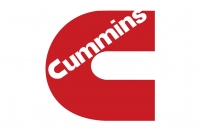
Ultime notizie di Cummins Italia
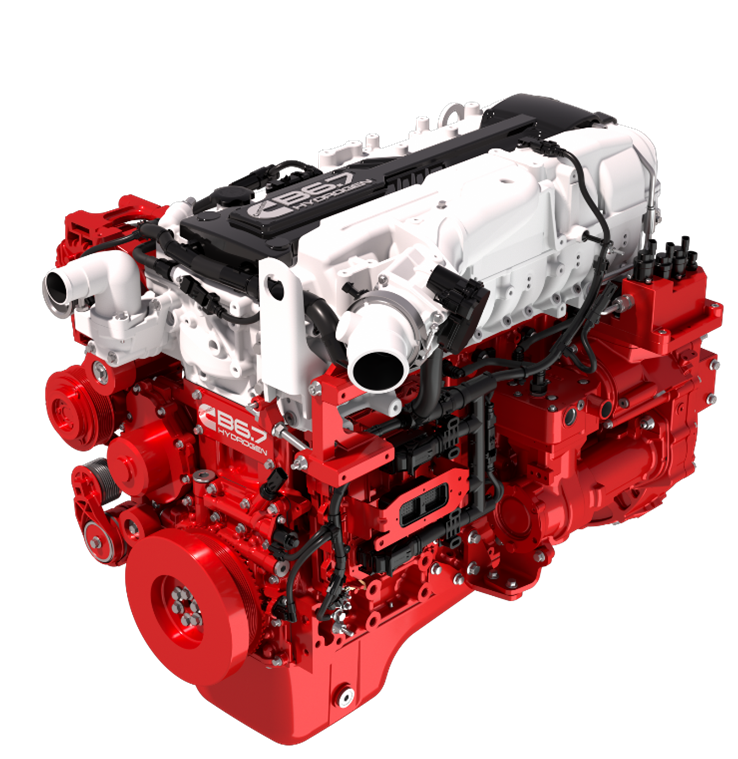
Components
30/01/2024
Cummins B6.7 Hydrogen Engine To Debut at Intermat
Cummins announced it will display its next generation B6.7H...
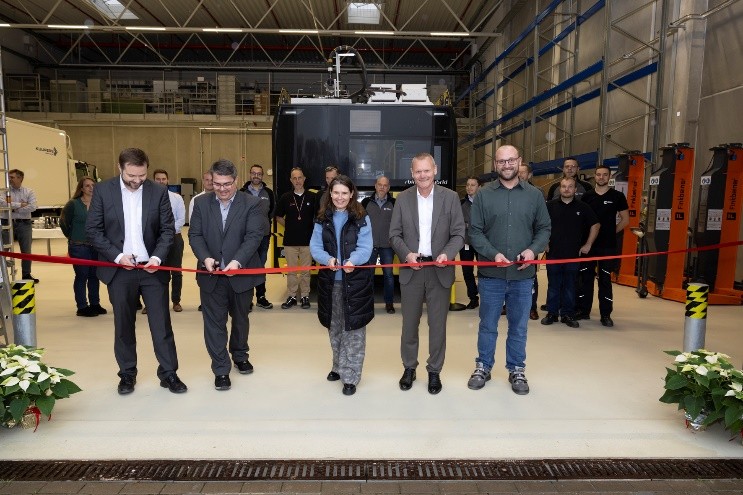
Components
14/12/2023
Cummins opens new pilot installation facility in Marktheidenfeld, Germany
Cummins Inc. has announced the opening of a new Pilot Instal...
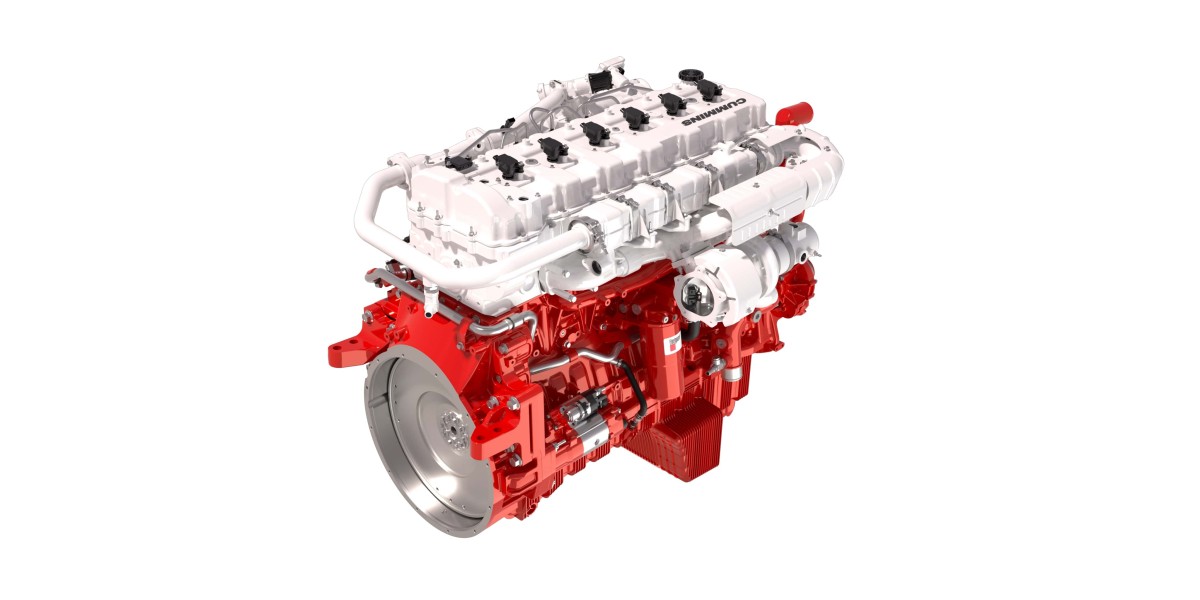
Components
27/09/2023
Cummins to promote Hyrdogen in panel discussion and at Utility Expo
The Diesel Progress Summit is an annual conference. This yea...
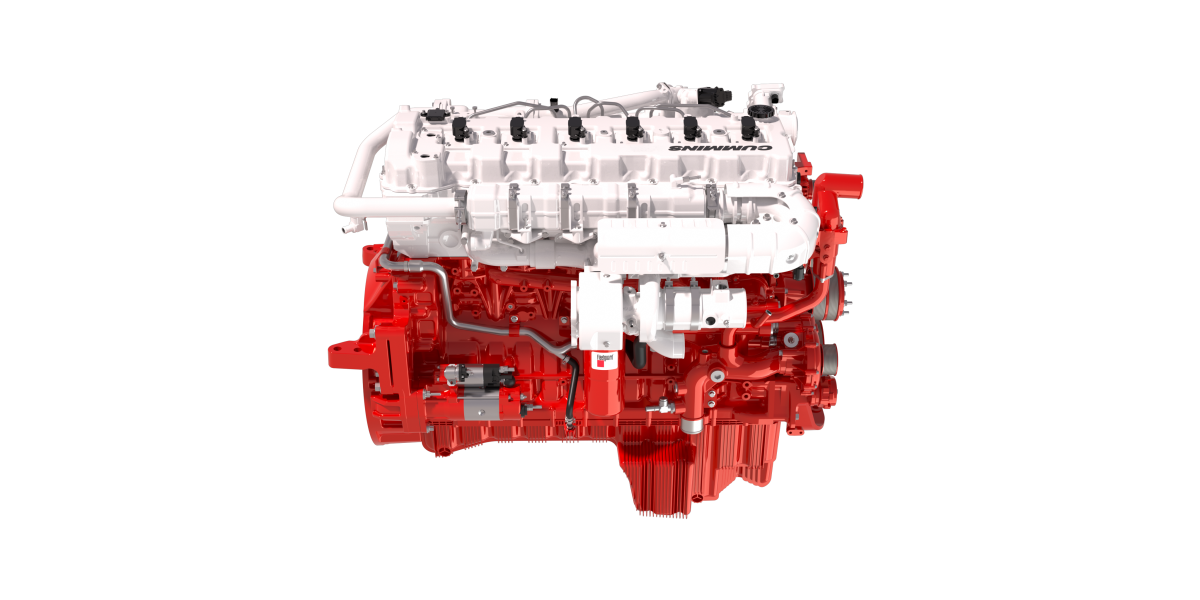
Components
06/04/2023
Cummins and Accelera Fuel Hydrogen Commitment
Cummins Inc. confirmed its commitment at last Conexpo to pla...
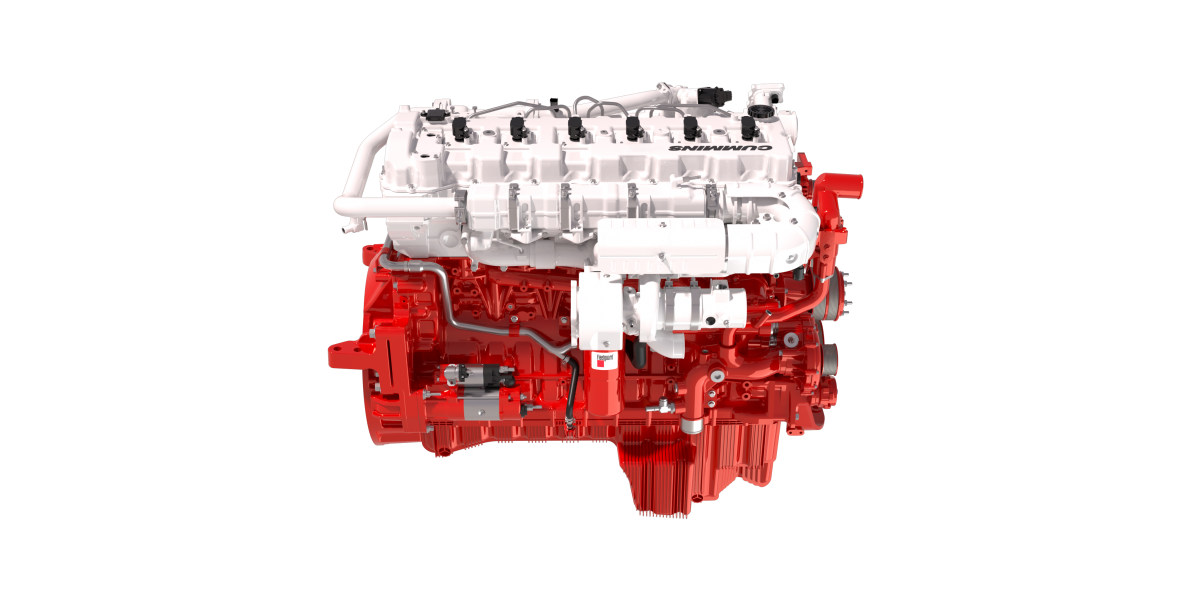
Components
23/03/2023
Cummins Fuel-Agnostic Engine Platform Delivers Low-To-Zero Carbon Fuel Capability
Cummins Inc. showcased its new fuel-agnostic 15-liter engine...
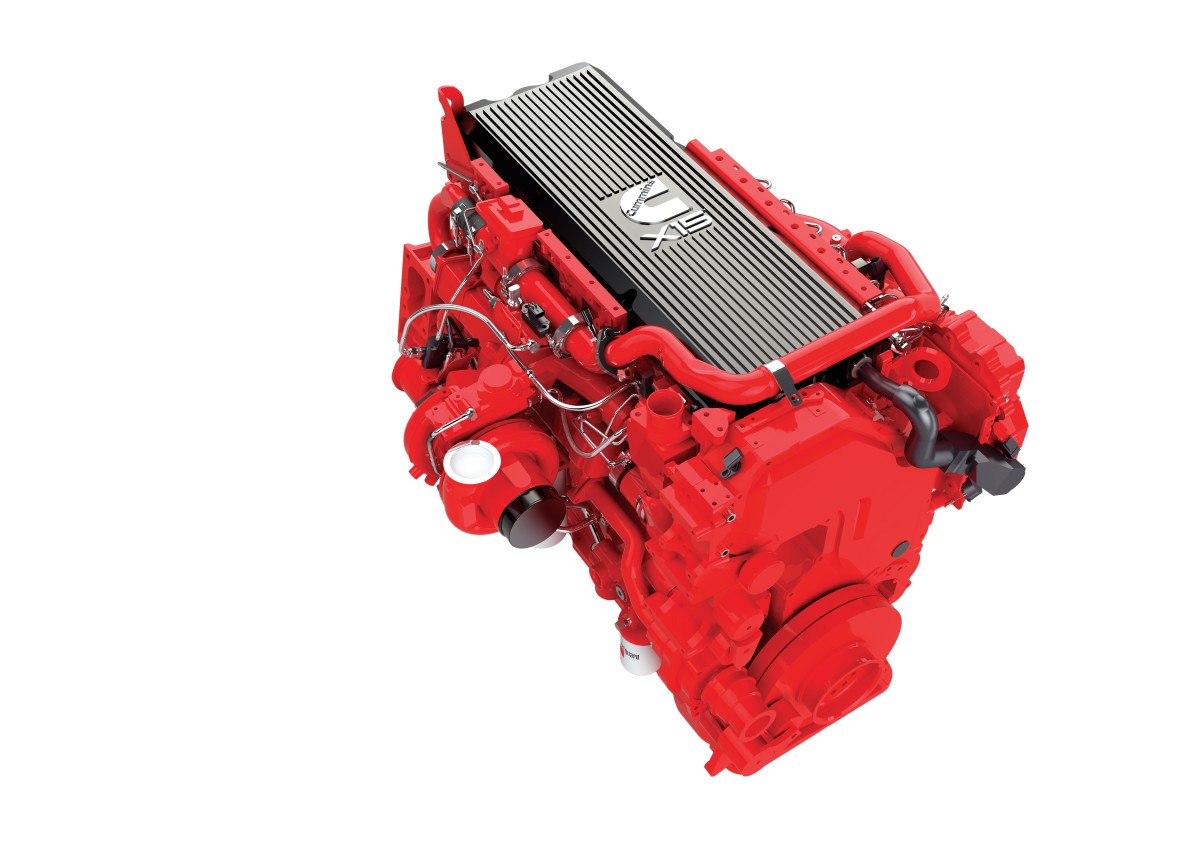
Components
21/02/2023
Cummins and Trackunit Announce Collaboration
Cummins and Internet of Things (IoT) solutions provider Trac...
Altri International
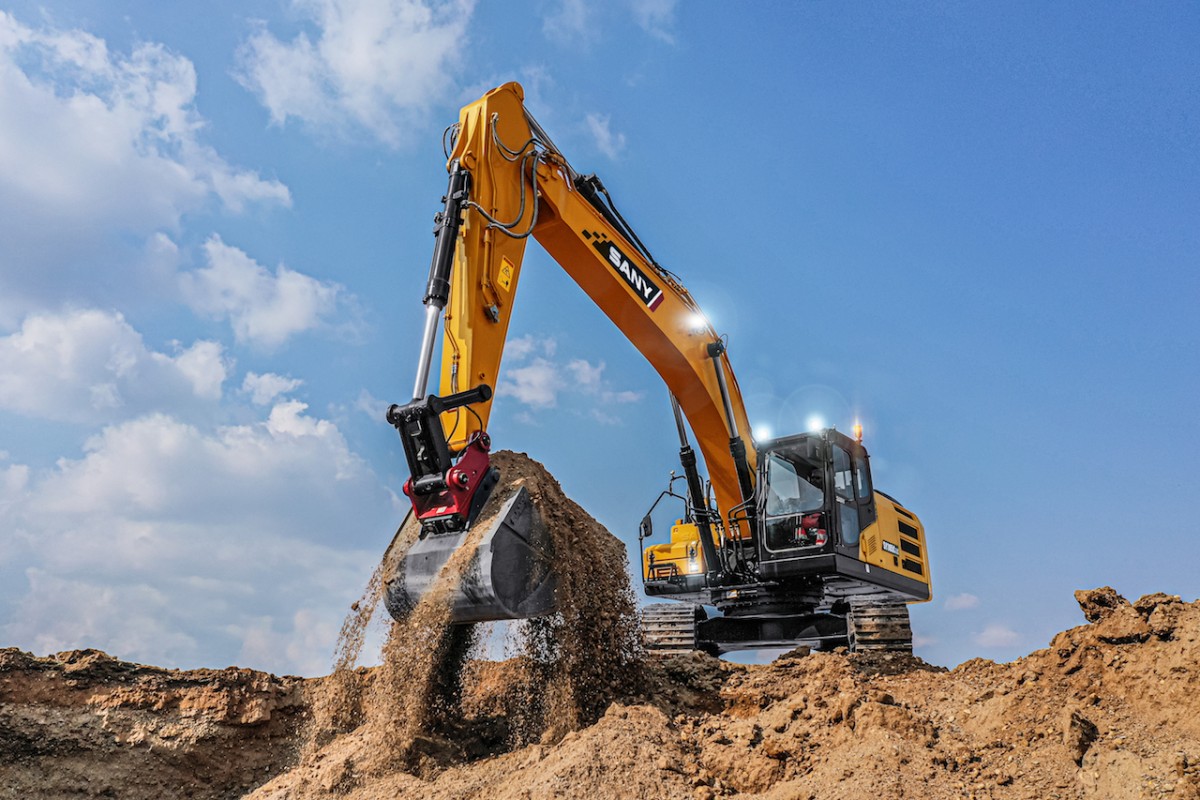
International
20/04/2024
Sany Set to Showcase its Green and Latest Products at Intermat 2024
Sany is gearing up to showcase at the Intermat Trade Show 20...
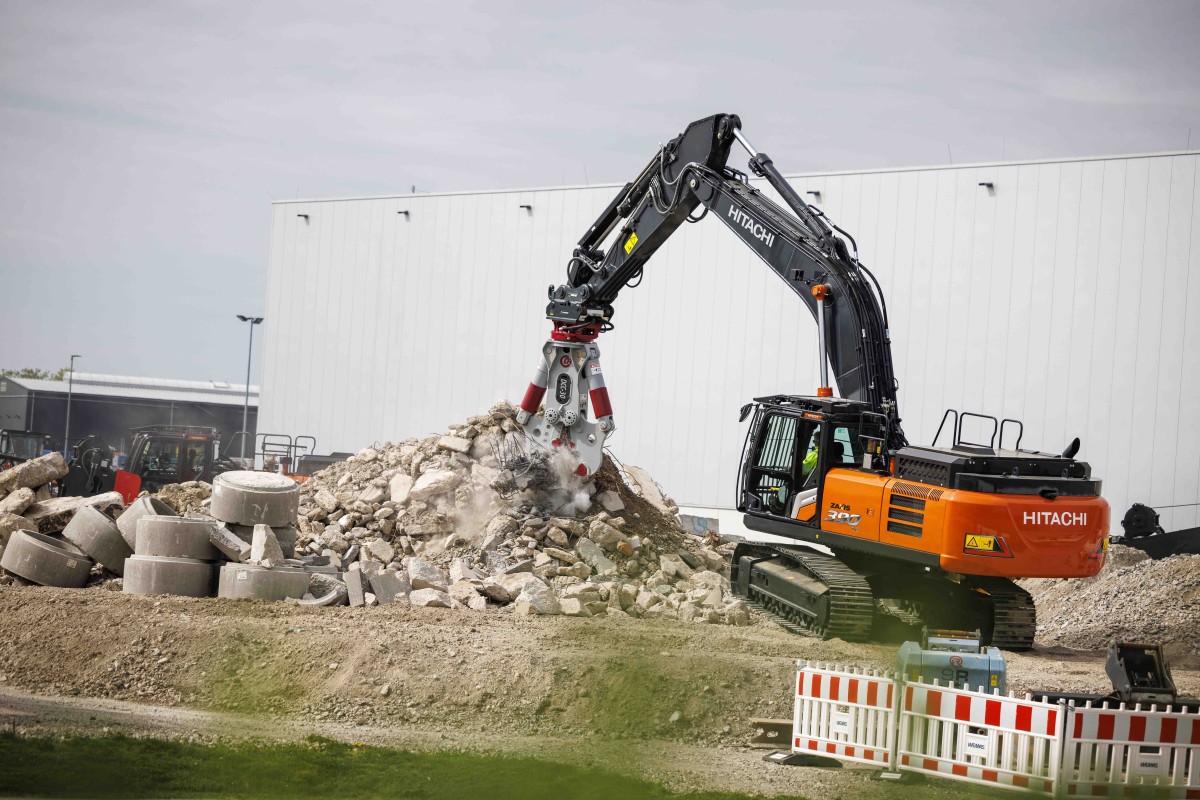
International
19/04/2024
Hitachi presents specially adapted ZX390TC-7 excavator at Intermat
Hitachi Construction Machinery (Europe) NV (HCME) will displ...
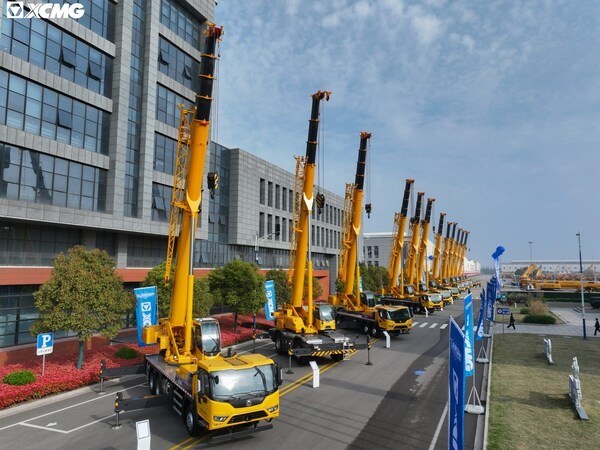
International
19/04/2024
XCMG unveiled its premium G2 crane brand
G2 Integrates the whole process of product application, main...
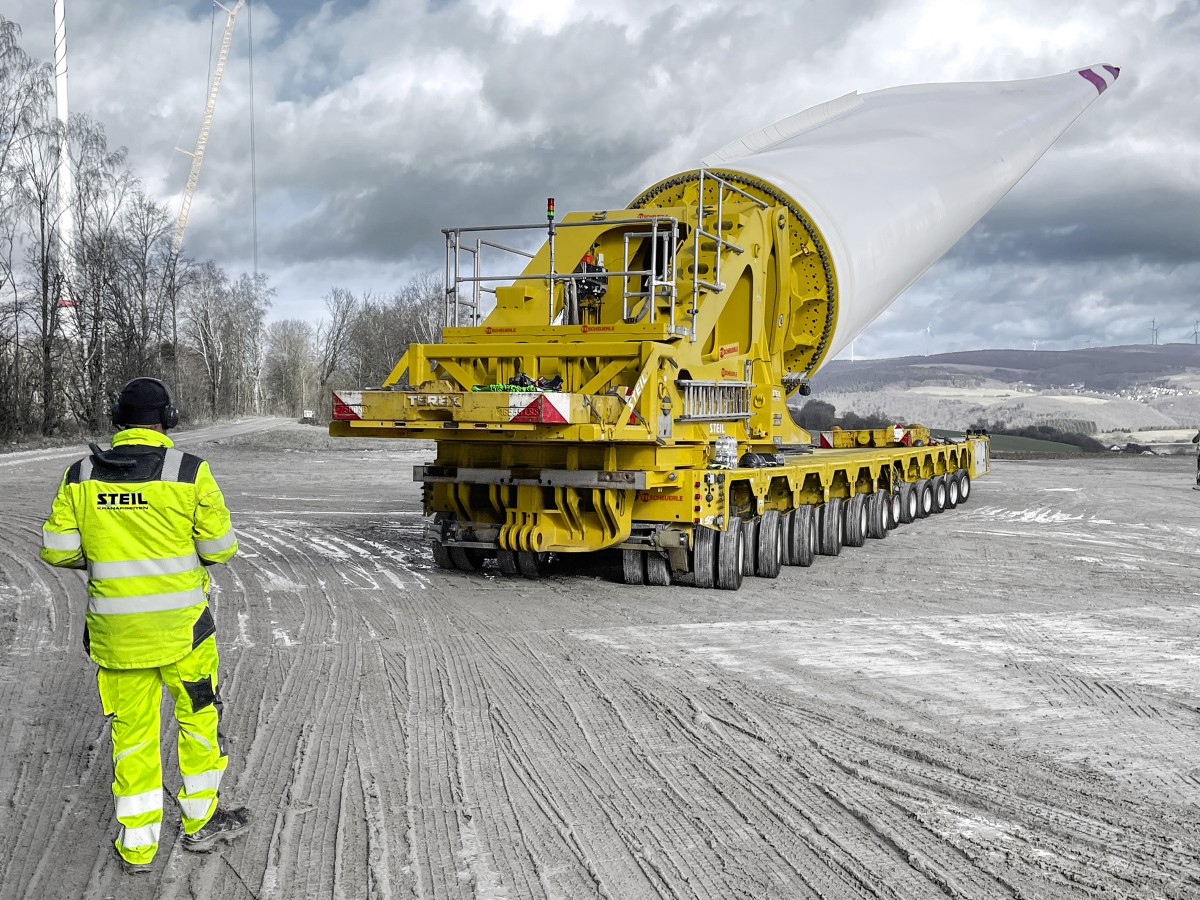
International
18/04/2024
BladeLifter from TII SCHEUERLE is the perfect choice for even the longest rotor blades
The fourth generation SCHEUERLE BladeLifter allows all fleet...
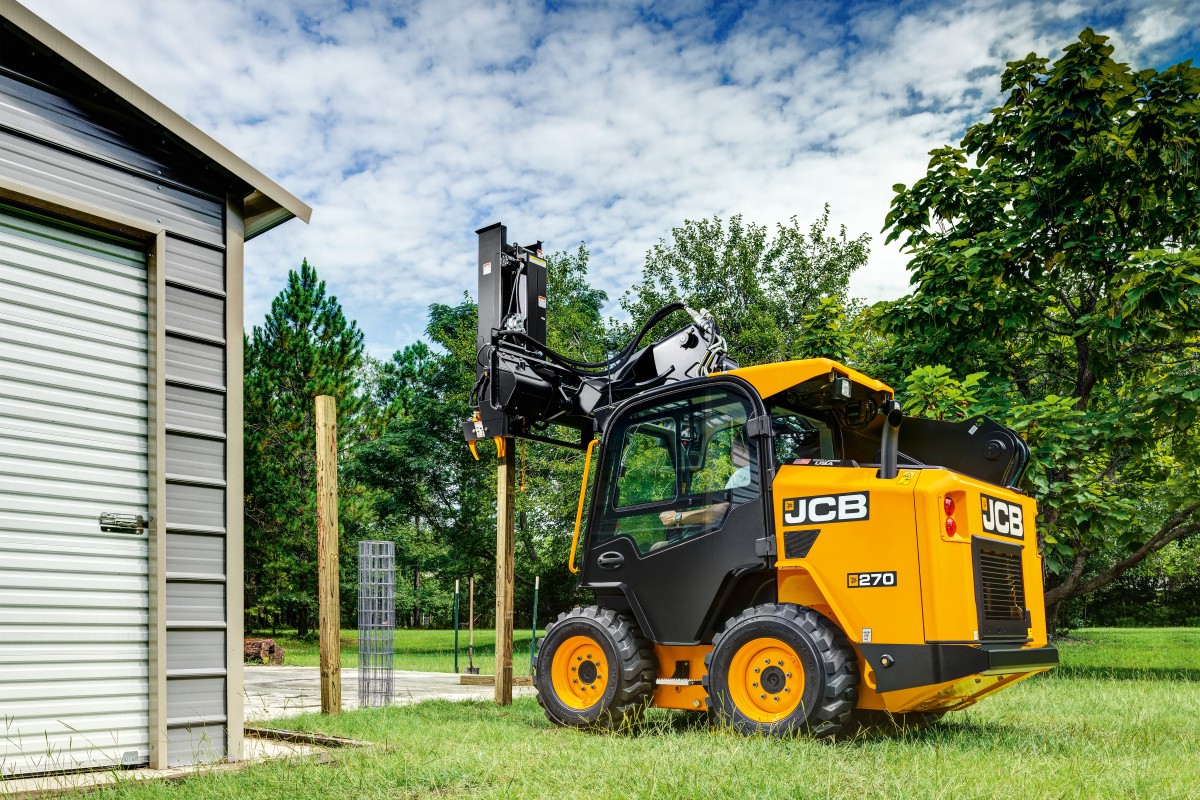
International
18/04/2024
JCB: Stage V Powertrain for large platform Skid Steer Loaders
JCB has launched EU Stage V compliant versions of its large...
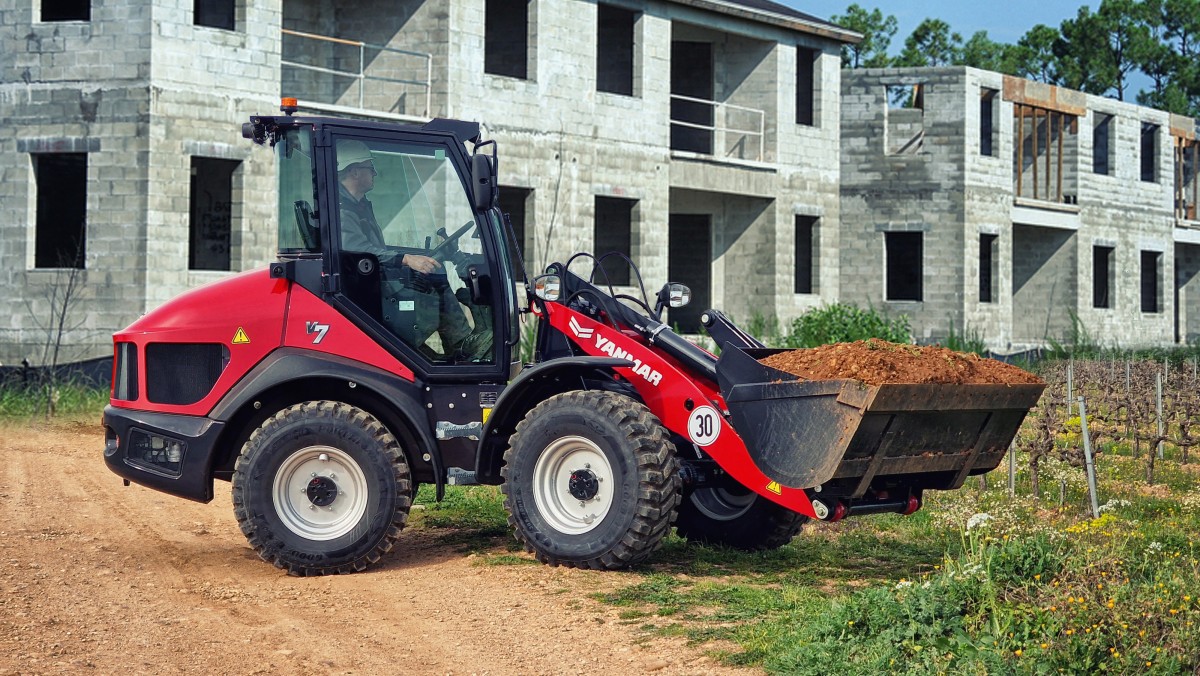
International
17/04/2024
Color change signals bold new era at Yanmar CE
Yanmar Compact Equipment is undergoing a shift in its approa...













